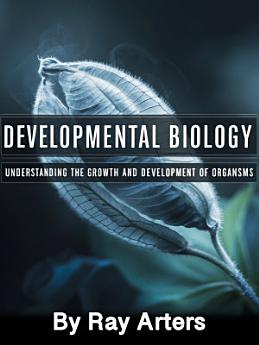Developmental Biology: Understanding the Growth and Development of Organisms
About this ebook
The journey from fertilization to fully formed organism involves a precisely orchestrated sequence of cellular divisions, migrations, differentiations, and deaths that must occur with extraordinary temporal and spatial precision. A single misplaced cell division or mistimed gene expression event can result in developmental abnormalities or embryonic death, highlighting the incredible complexity and coordination required for successful development. Yet despite this complexity, development proceeds with remarkable consistency, producing individuals that are recognizably members of their species while maintaining enough variation to drive evolutionary change.
The historical foundations of developmental biology trace back to ancient observations of chick embryos in eggs, but the field truly began to flourish in the 19th century with the advent of improved microscopy and systematic embryological studies. Early embryologists like Karl Ernst von Baer established fundamental principles such as the observation that embryos of different species often appear more similar to each other than to their adult forms, a insight that later proved crucial for understanding evolutionary relationships.








